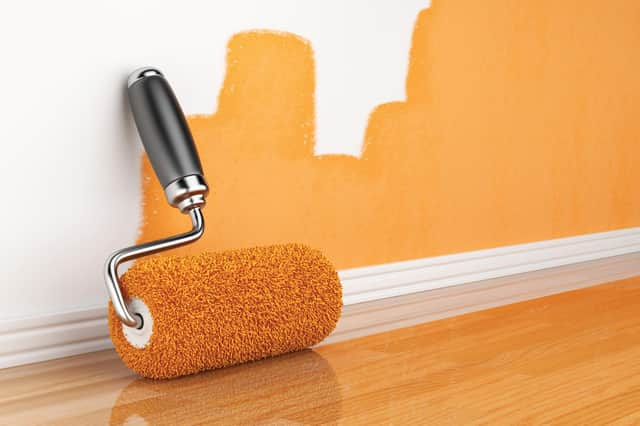Kirsty McLuckie: Rolling with the 1%


But, if you own a property, you also have to take into consideration the cost of maintenance which –if ignored – can seriously devalue your investment.
Experts suggest that a general rule of thumb is to aim to maintain your property by spending 1 per cent of its value each year, over and above day-to-day costs, and in addition to unexpected repairs.
Advertisement
Hide AdAdvertisement
Hide AdFor an average Scottish home, which is now valued at more than £200,000, that is a whopping two grand that we should be forking out.
It does make it more palatable, however, if you consider such costs to be asset protection.
And at least any spare cash going into home maintenance will be immediately beneficial to you, unlike dutifully overpaying a mortgage or bolstering a pension.
But the 1 per cent maintenance expenditure per year rule isn’t about adding value, unfortunately, but more about running to stand still.
Each home will be deteriorating year on year, through use, the effects of weather and because everything in it has a limited shelf life.
And while you may hope that a valuer would be able to see past your scuffed paintwork and the odd cracked floor tile, the likelihood is that such things would bring down the final price of your home. The difference between an immaculate property, and one with a distinct “shabby chic” finish could be as much as 15 or 20 per cent.
We built our house 15 years ago, and it doesn’t take much totting up to realise that we have failed to follow the rule of investing one per cent in its upkeep ever since.
The result is that, while the house is sound, everything in it is also a decade and a half old, which is not so great for carpets, the kitchen and household electrics.
Advertisement
Hide AdAdvertisement
Hide AdIf it were a used car, our home’s sale condition would not be described as excellent, very good or even good – we’d hope for fair.
I have an ill-advised resistance to spending money on fixing minor problems. Our family is well used to the door handle that requires the user to twist it in a certain way, or the items we need to kick to actually make them work.
It is easy to prefer attention-grabbing, crowd-pleasing expenditure. Repainting faded skirting boards the same white as they were before does not give the same dopamine hit as a new sofa and is dull work to boot.
But just as folk my age start a fitness regime not to transform their bodies, but in an attempt not to deteriorate any faster, I’m starting a programme of boring repairs and touch-ups on the areas of the house that need attention, although even spending half of the advised amount each year will be a stretch, particularly in a cost of living crisis.
Advocates of the 1 per cent theory also advance the Forth Bridge example for home maintenance – an ongoing project of upgrading that, when the last room in the house is complete, starts again at the beginning. Tackling two rooms a year is advised, including hallways, landings, utility rooms and even the front and back gardens.
With a house like ours, the only question is where to even start?
- Kirsty McLuckie is property editor at The Scotsman
A message from the Editor:
Thank you for reading this article. We're more reliant on your support than ever as the shift in consumer habits brought about by Coronavirus impacts our advertisers.
If you haven't already, please consider supporting our trusted, fact-checked journalism by taking out a digital subscription.
